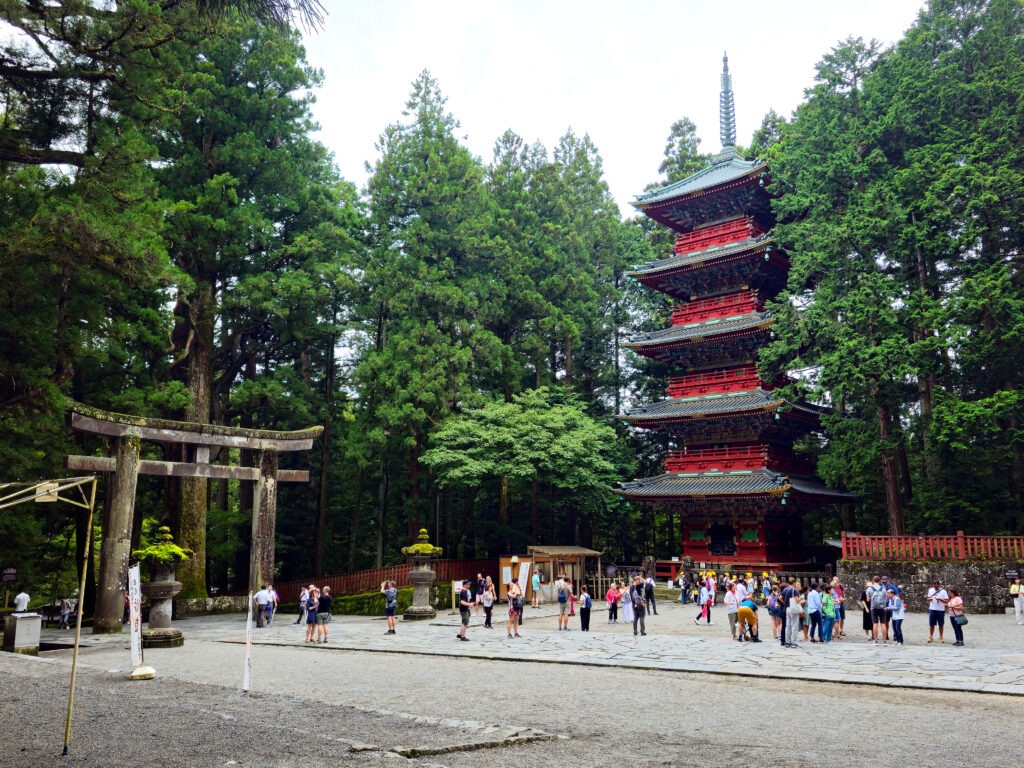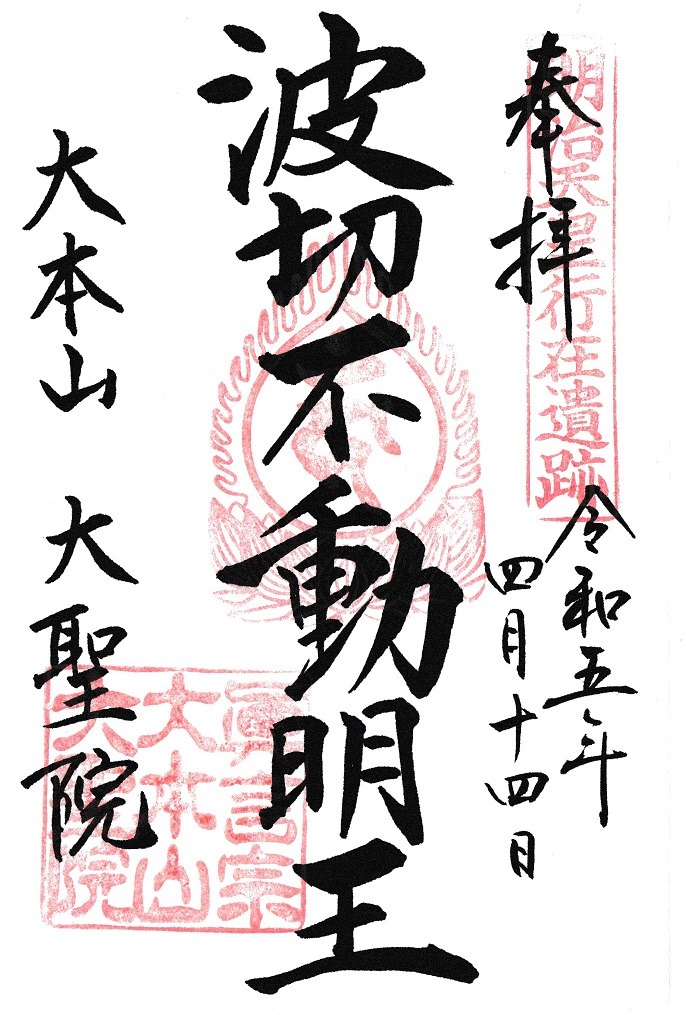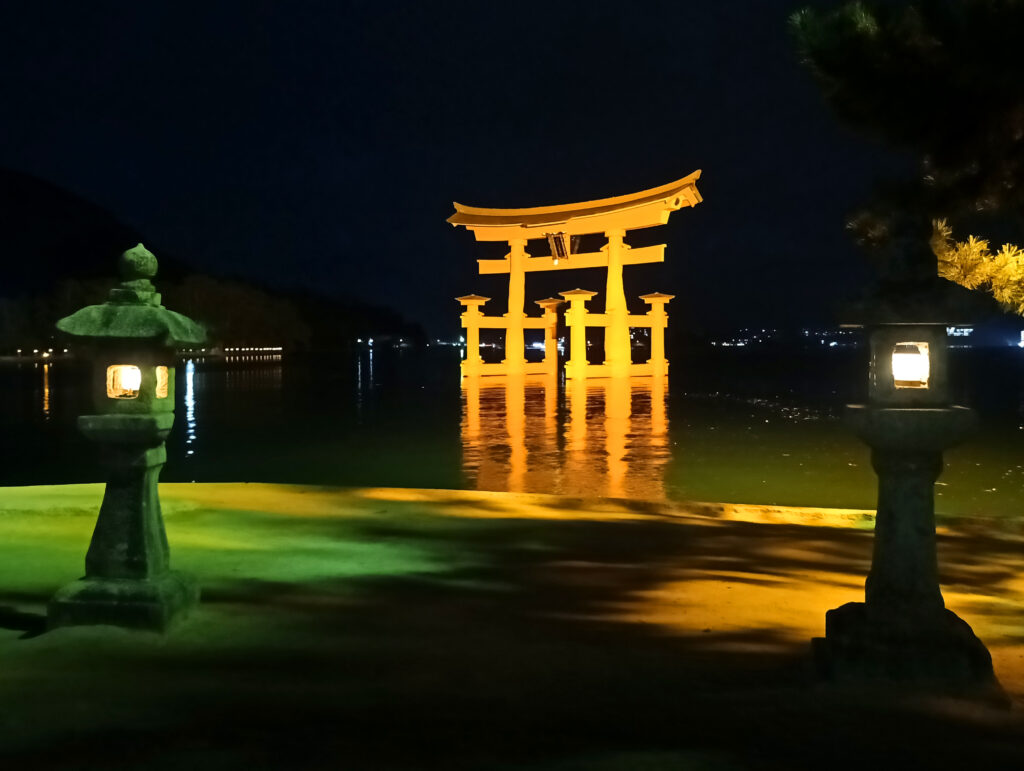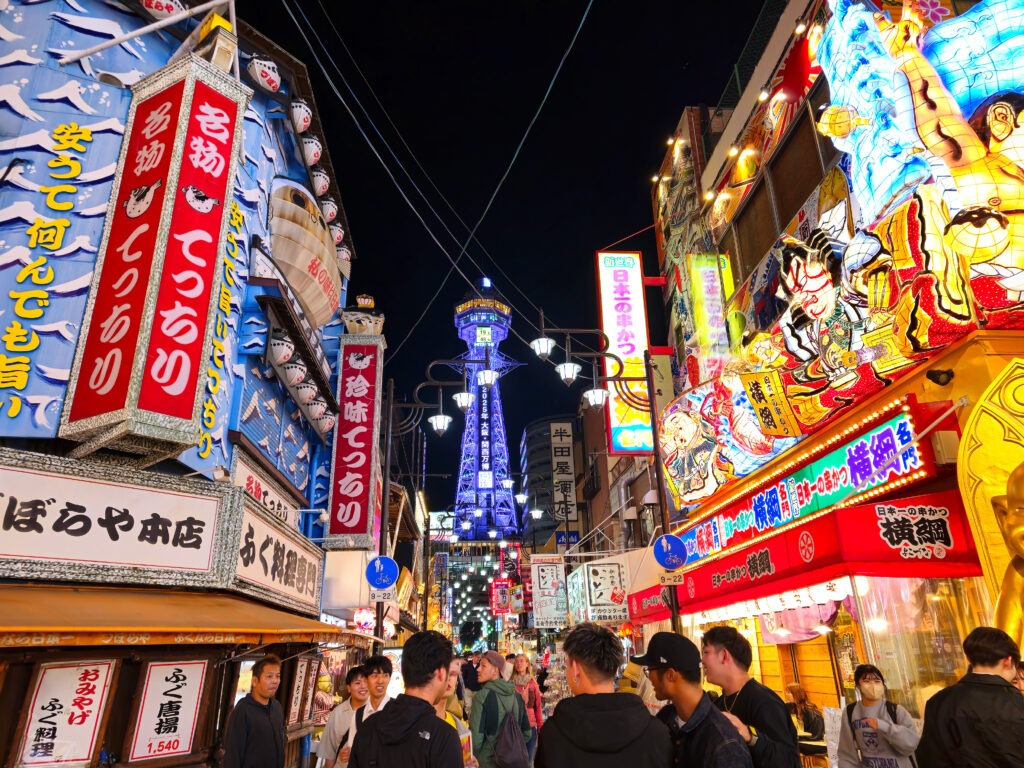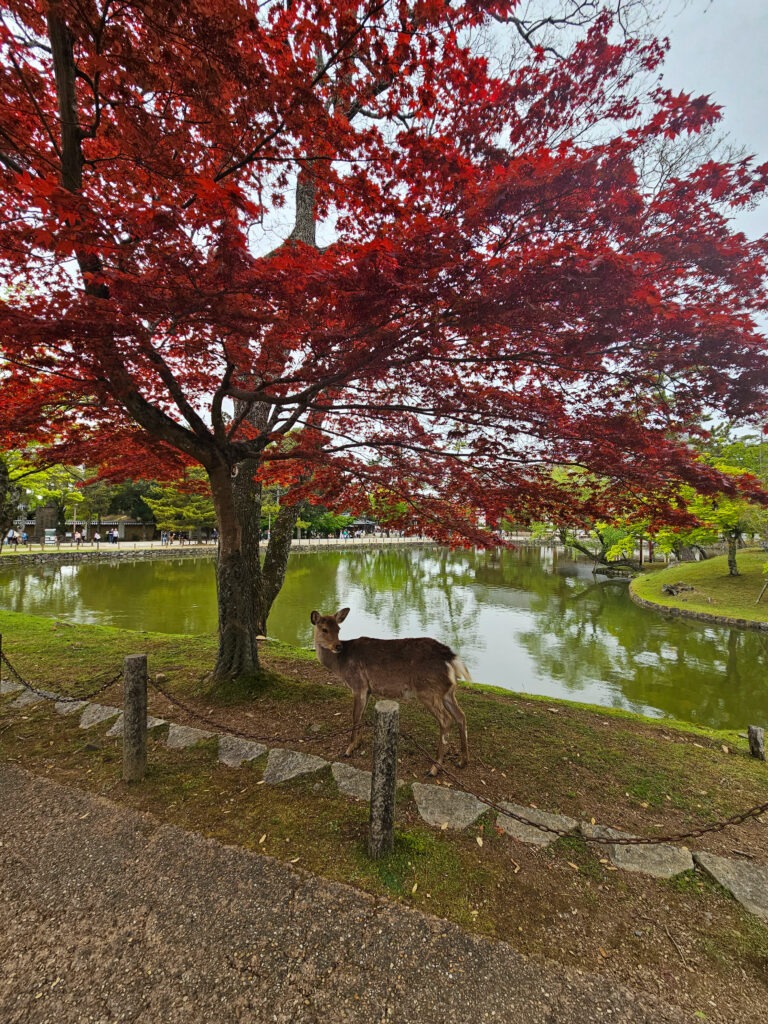Expo 2025 Osaka: Everything You Need to Know Before You Go
If you’re planning a trip to Japan in 2025, you’re in for a treat! Osaka will be hosting one of the biggest international events of the year—Expo 2025. For many, visiting Japan is a dream, and this Expo is the perfect excuse to finally make it happen. 🧳🎒✈️ Running from April 13 to October 13, […]
Expo 2025 Osaka: Everything You Need to Know Before You Go Read More »




